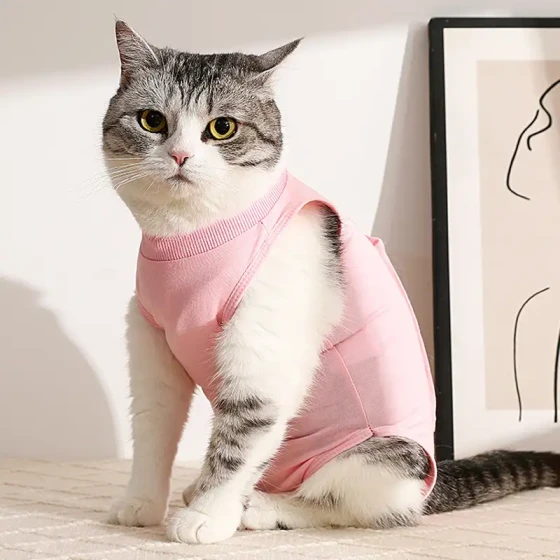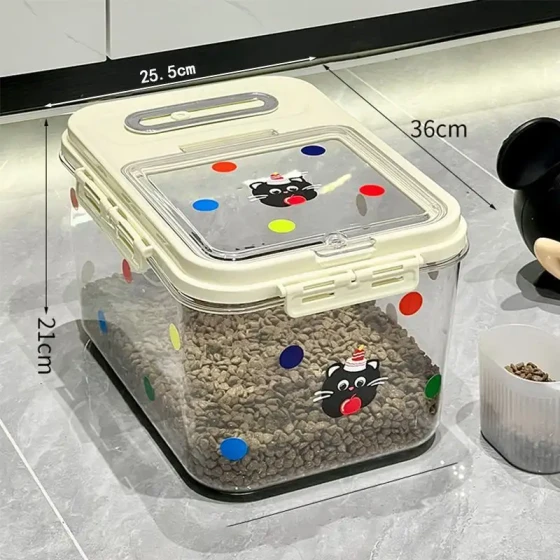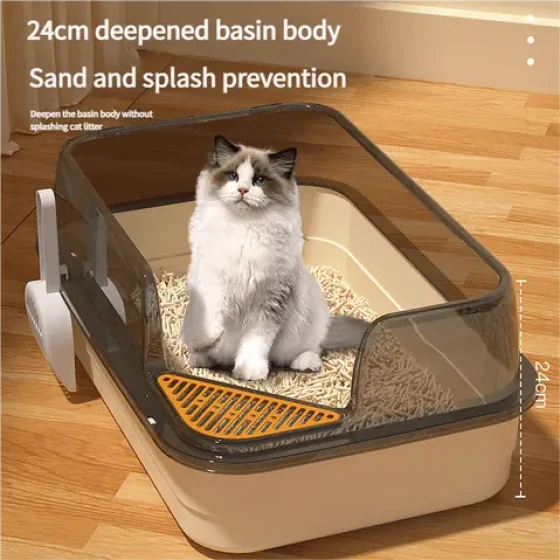Standards for Euthanasia of Pet Cats
Pet euthanasia is a common method of pet release and also a painful decision. Every owner hopes their pet can live healthily and happily, but sometimes euthanasia is the most responsible choice. Therefore, this article will introduce the standards for pet euthanasia and its significance, hoping to help owners make better decisions when choosing euthanasia.

1. Standards for Pet Euthanasia
There are three main standards for pet euthanasia: ineffective disease treatment; severely compromised quality of life; and owner's inability to afford treatment costs.
1. Ineffective Disease Treatment
When a pet’s disease treatment is ineffective, euthanasia can spare the pet from suffering and allow it to depart peacefully. Euthanasia is necessary at this point, but the owner must carefully consider and confirm that the disease is incurable before proceeding.
2. Severely Compromised Quality of Life
Health problems are not the only factors affecting a pet’s quality of life; living conditions also impact their health. If a pet is in an unsuitable environment long-term, such as lacking exercise or poor diet, this may cause serious harm and prolonged suffering. In this case, euthanasia is also a viable option.
3. Owner’s Inability to Afford Treatment Costs
Sometimes, treating a pet’s illness can be very costly, and the owner may be unable to afford it but unwilling to see the pet suffer. At such times, euthanasia is also a feasible choice, allowing the pet to leave safely and avoid pain.
2. The Significance of Pet Euthanasia
Pet euthanasia is both a method of release and a spiritual relief. It not only spares pets from suffering but also helps owners release their emotions, providing them with spiritual comfort.
For pet owners, euthanasia is a final gift, allowing pets to leave peacefully without experiencing more pain. Although euthanasia is a painful decision, in some cases, it is the best choice.



